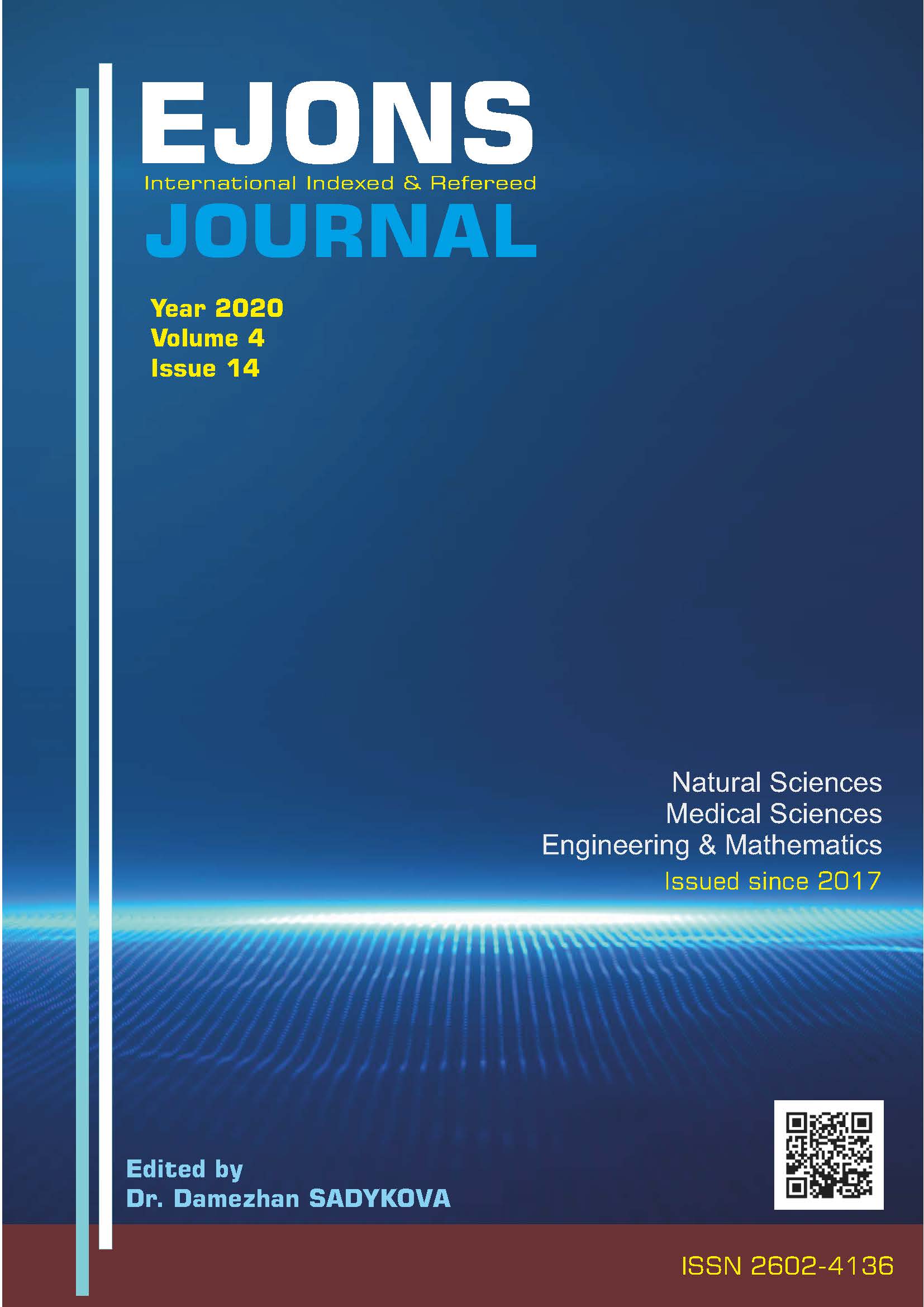INVESTIGATION OF ENDOCRINE COMPLICATIONS IN CHILDREN WITH THALASSEMIA MAJOR
DOI:
https://doi.org/10.38063/ejons.216Keywords:
Thalassemia Major, Endocrine Complications, FerritinAbstract
Background/aim: Thalassemia constitutes the most common disease group in the systemic involvement in hemoglobinopathies. With the development of new treatment methods, the accumulation of possible endocrine complications is observed more frequently, with an increase in the lifetime of cases. The most common cause of endocrine complications is a natural result of hemolytic processes, as well as excessive accumulation of iron in the endocrine organs with transfusions. Southeasthern Anatolia is a region where thalassemia major patients are relatively intense and there is no report on endocrine evaluations of these patients so far. The aim of the study is to evaluate the children who were followed up with the diagnosis of Thalassemia Major in terms of endocrine complications. It is the first study to determine the current situation in our research region. Material and Method: The study included 32 children, ages 1-18, who applied to the Gaziantep University Faculty of Medicine Children's Endocrine Clinic between 2011-2015 years. Children participating in the study were evaluated in terms of growth, pubertal development, adrenal insufficiency, hypothyroidism, diabetes development, and osteroporosis as a scale of the endocrine approach. For evaluation, ACTH, Cortisol, DHEASParathormone, calcium, phosphorus, ALP, Vitamin D, FSH, LH, Estradiol Testesteron, IGF-1, GH, IGFBP, HbA1C, C-peptide fasting glucose, Islet Cell Antibodies, DEXA, pelvic USG, Bone Age, fT4, TSH, anti-TPO, anti TG tests were studied. Standard T test was used for the significance test between variables, and Pearson correlation tests were used for correlation between chi-square, ferrtin and complications. Results: Of the patients were 14 (43.7%) female and 18 (56.3%) male. The average age was 12.33 ± 4.34. The average height was 136.23 ± 25.34 (mean height SDS -2.17 ± 1.44), the average weight was 36.23 ± 13.23 (average weight SDS -2.44 ± 1.30). Short stature in 17 (53.1%) of cases, low weight in 22 (68.7%), regression in pubertal development in 20 (62.5%), mild adrenal insufficiency in 2 (6.2%), 3 (9.3%) hypothyroidism, 2 diabetes, (6.2%), 5 (15.6%) impaired glucose tolerance, and 25 (78%) osteoporosis. DEXA mean was DEXA ortalama -3,12±1,02. A positive correlation was found between the disease duration of the ferritin height and the complications ((rhastalık süresi=863, p<0.001 and (rkomplikasyon= 0.668, p<0.001, respectively). Conclusion: This study reveals that endocrine complications are correlated with disease duration and ferritin level in children with the diagnosis of Thalassemia Major. This result reveals the necessity of monitoring endocrine complications more closely in Thalassemia Major.
Downloads
Published
How to Cite
Issue
Section
License

This work is licensed under a Creative Commons Attribution-NonCommercial 4.0 International License.


